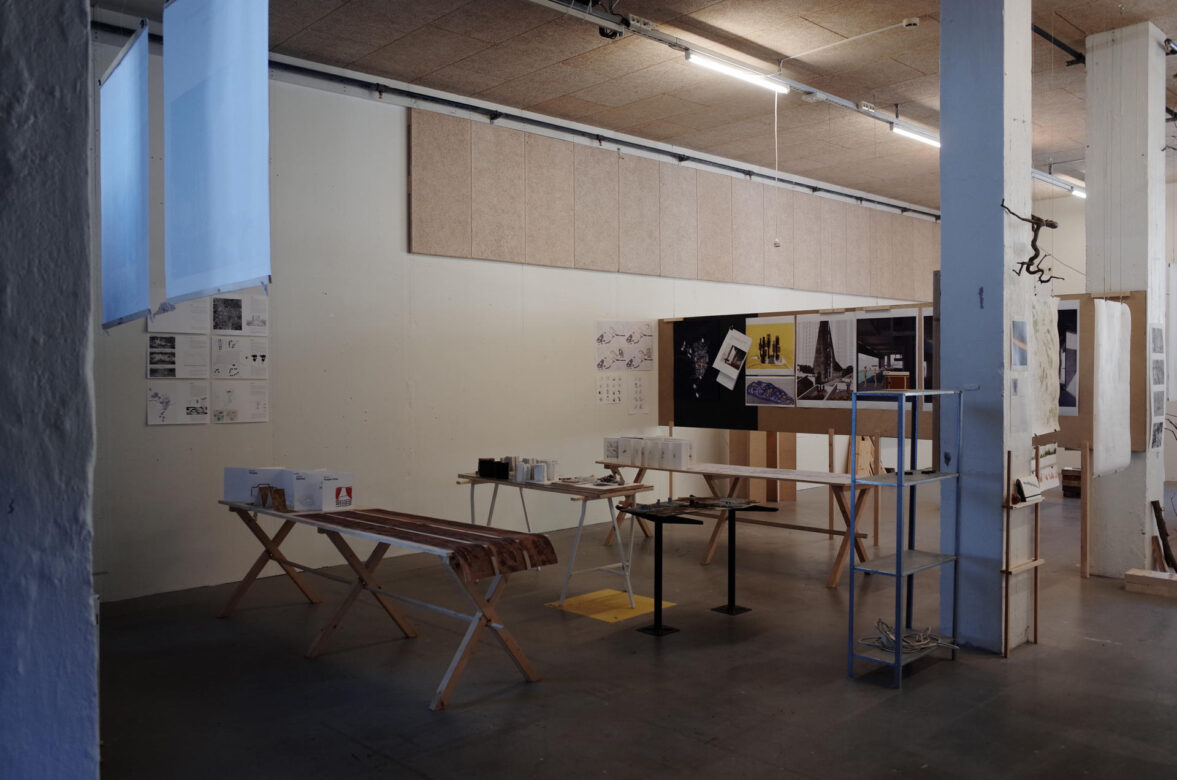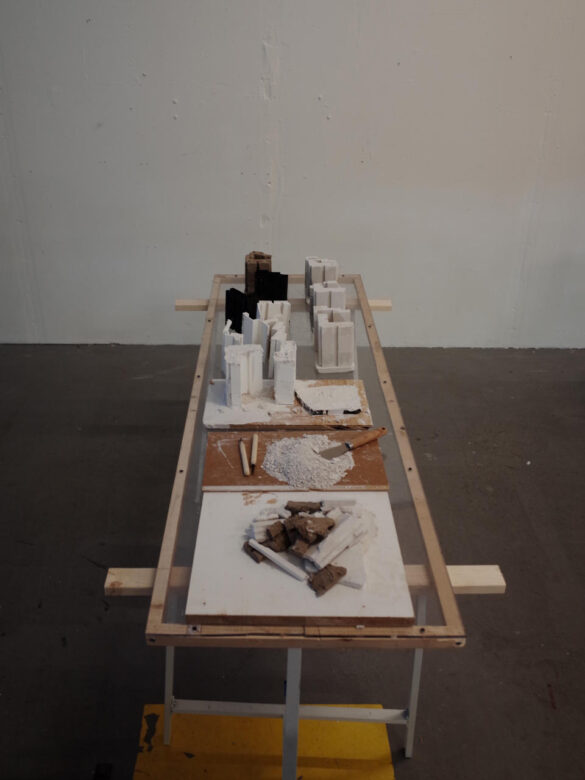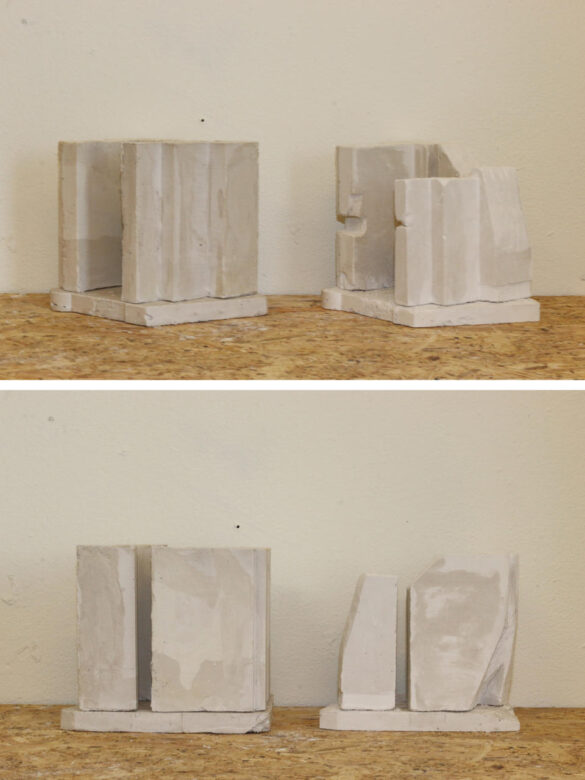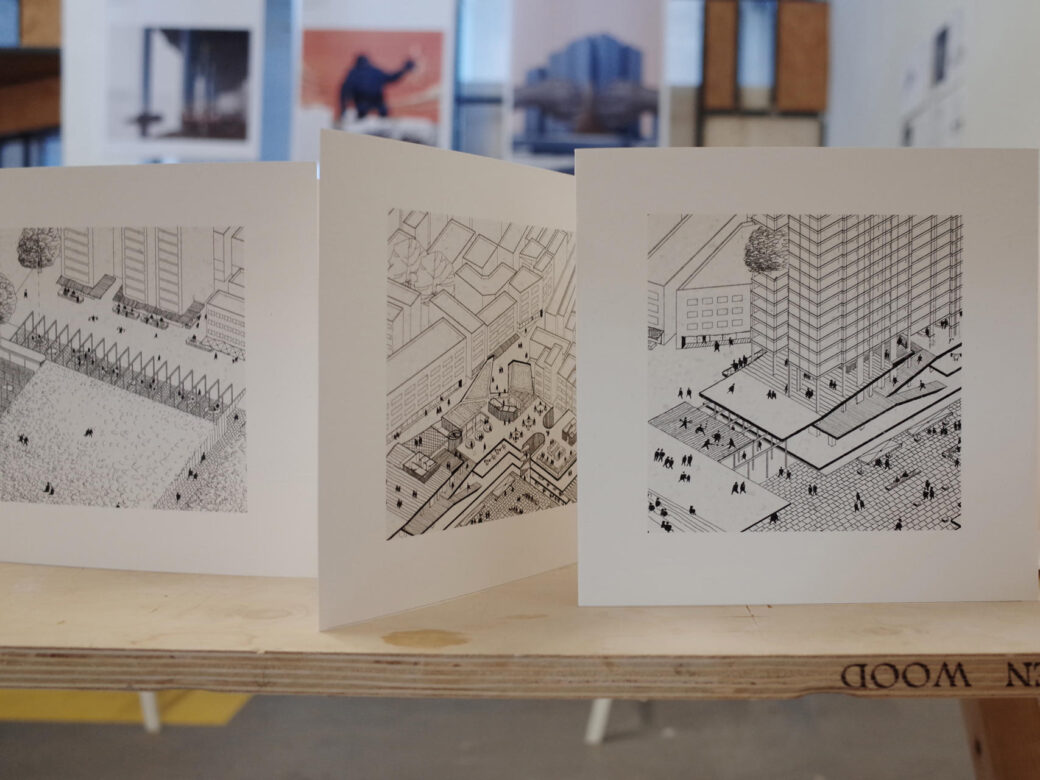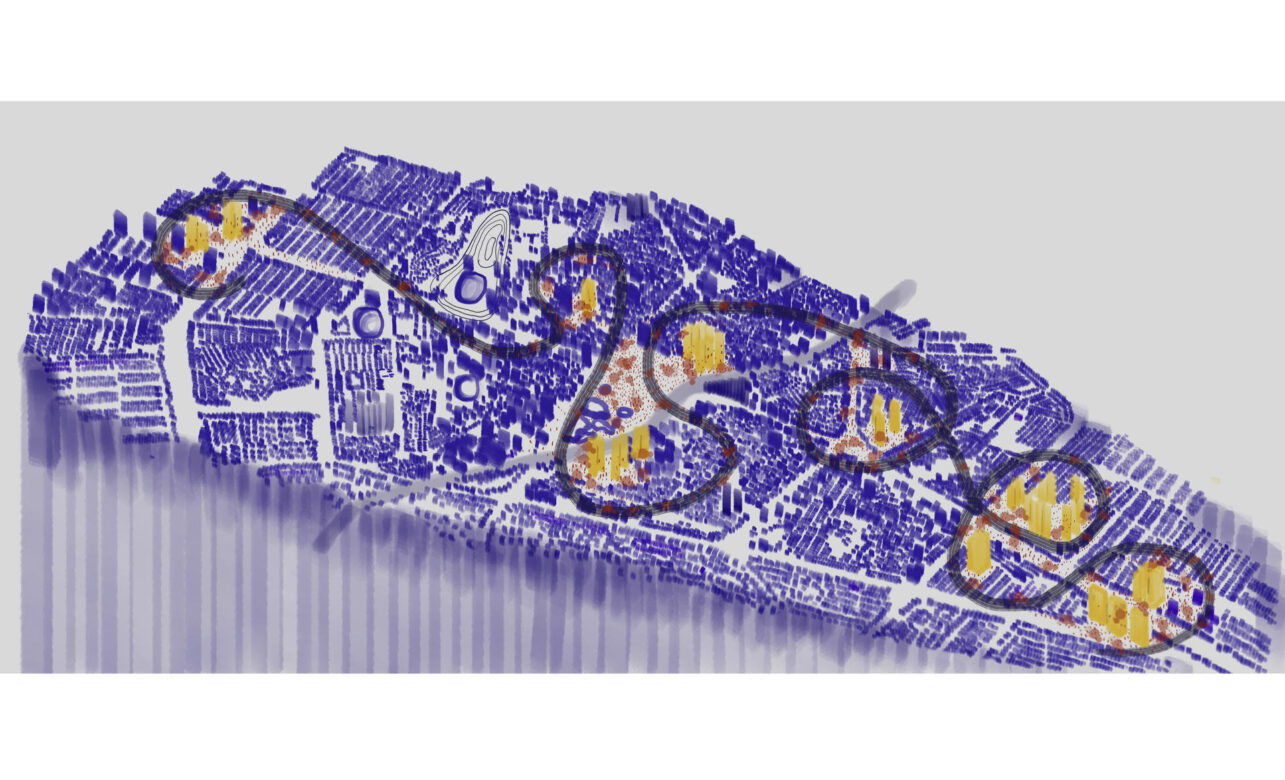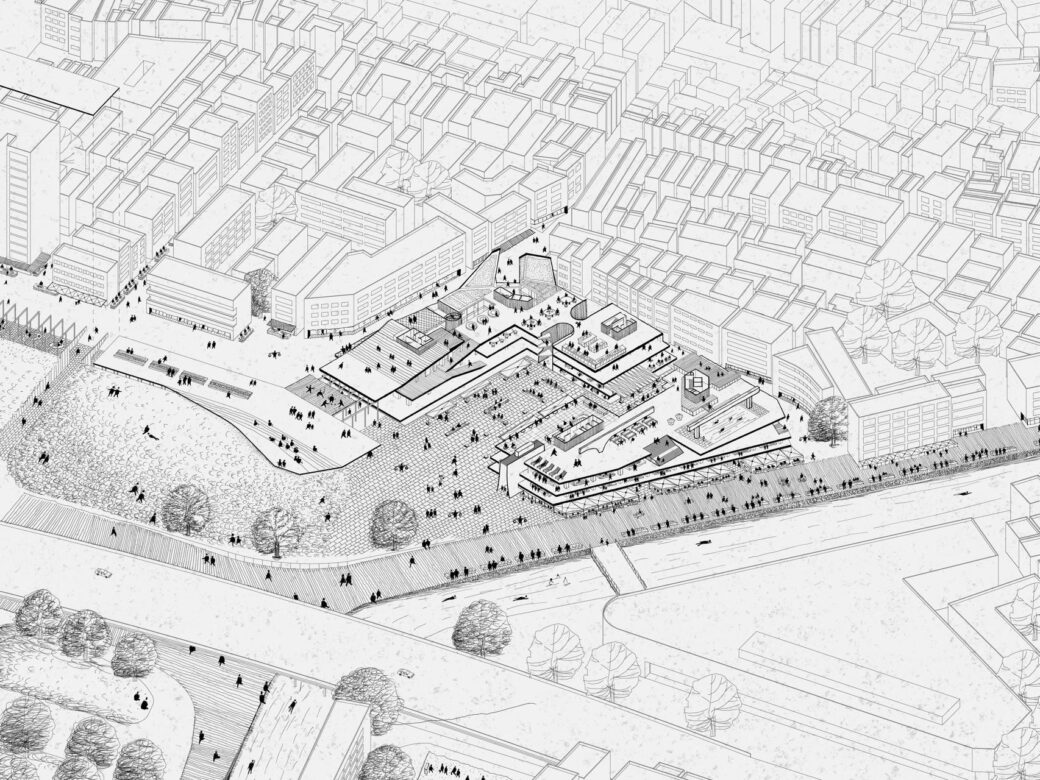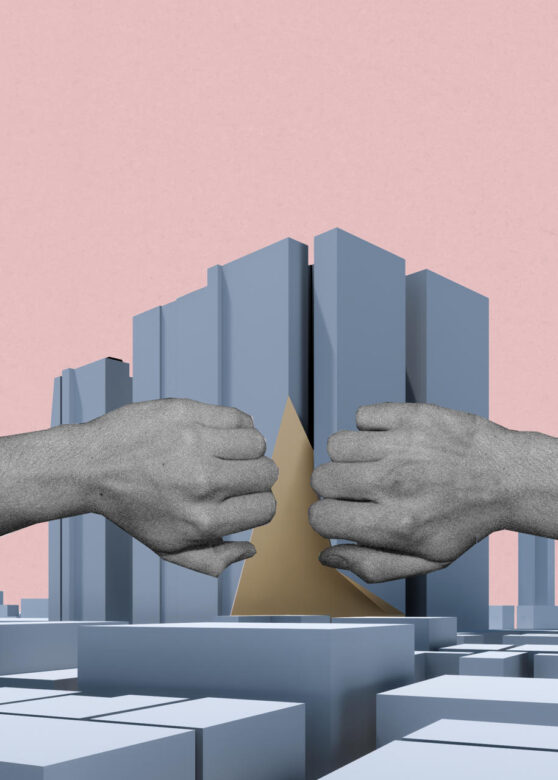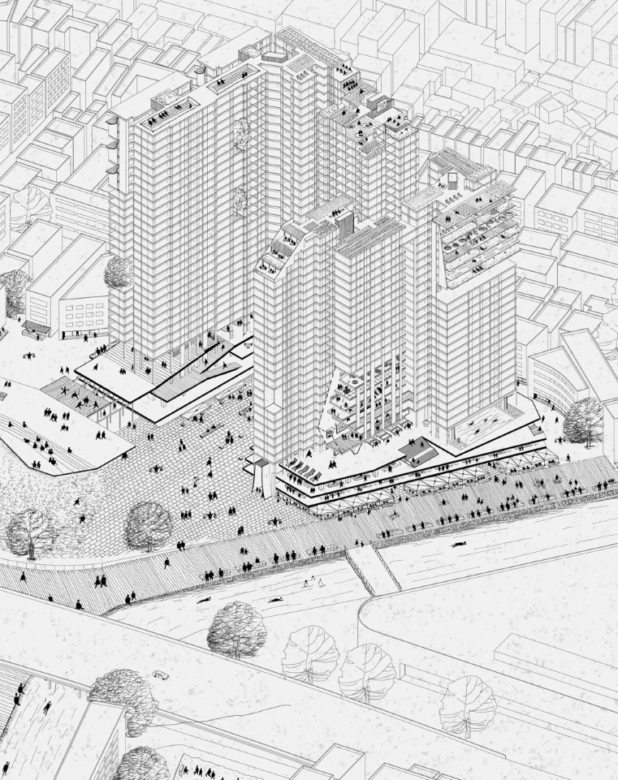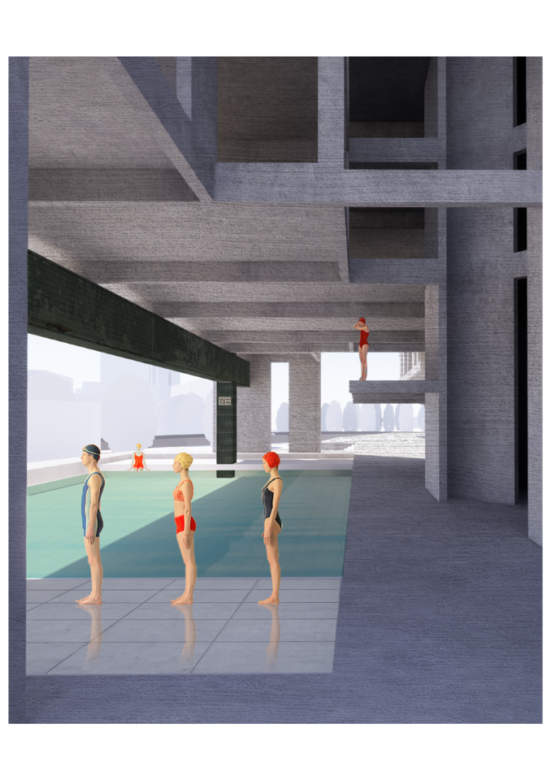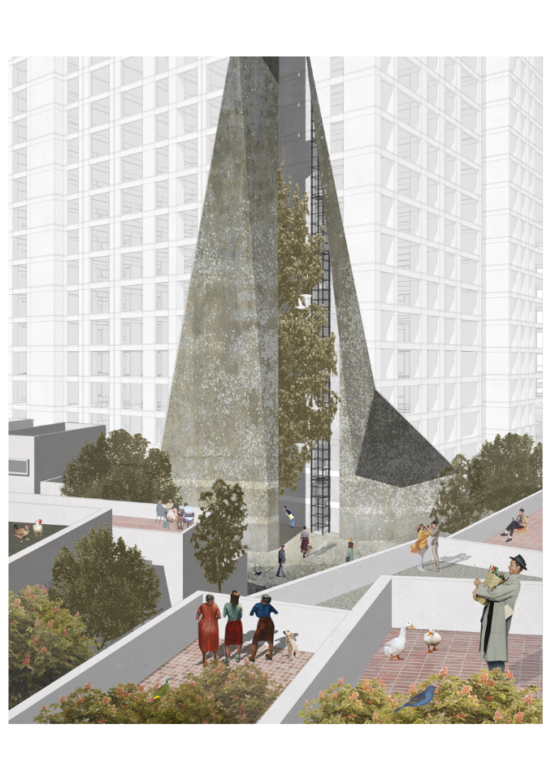Background:
China’s rapid modernization and urbanization process began with the reform and opening-up policy in 1978. Since then, the number and size of Chinese cities have expanded rapidly. «98 Housing Reform» is an urban housing system reform implemented in 1998, and the direction of reform is marketization and commercialization of urban housing. China’s urbanization thus began to be driven by both capital and power. After 40 years of rapid growth, China’s urbanization rate reached 60% in 2019. At the same time, the estate bubble began to burst and the China’s natural population growth rate has been declining and recorded negative population growth for the first time in 2022. China’s society has reached a new crossroad.
Land Finance – Urbanization driven by capital and power
Land finance refers to the sales of land for urban development, accounting for a major source of income for local governments. After «98 Housing Reform», local governments got the right to examine and approve the use of land, as a result of which Chinese local government has become the biggest supplier of land through its monopoly of power. To make it easier for the government to manage, sell and develop land more efficiently, giant real estate companies, as a representative of capital, began to appear. Driven by power and capital, the process of urbanization has profoundly changed the urban space in Chinese.
Spatial Alienation – Place and Non-Place
Urban space that is developed under the dramatic social acceleration and the logic of capital and power, must has been alienated, which means that the space being produced no longer serves people. If «Place «can be defined as relational, historical and concerned with identity, then a space on the contrary will be a «Non-Place«. The non-place is the opposite of utopia: it exists, and it cannot contain any history, culture or even time, nor can it create anything, whether singular identity or relationships: only loneliness and similarity. In the past 40 years, we produced a lot of «Non-Place» rather than «Place», which is the reality we have to face in the following future.
Collapse of Identity and Individual Autonomy
Social acceleration under the logic of capital is no longer possible to achieve individual autonomy, and is no longer a force of liberation, but a pressure to enslave people. Similarly, the space produced based on the logic of capital and power no longer serves people, but in turn erodes the individual autonomy, identity of the users. Architecture is no longer an active act of people to build their own living environment, but a passive acceptance. The critical task of urbanization in China in the following future is not only to reconstruct physical public urban space, but also to reconstruct the identity and individual autonomy of people.
Architecture as an Action
Spaces based on the capital and power erode the autonomy and identity of people. On the contrary, space based on the human being should help people to build their own autonomy and identity, which means that architecture is the conscious awareness of action for building our own living environment. In this sense, the architect’s autonomy is embodied in the initiative to create the background and conditions for people to realize their own autonomy.

